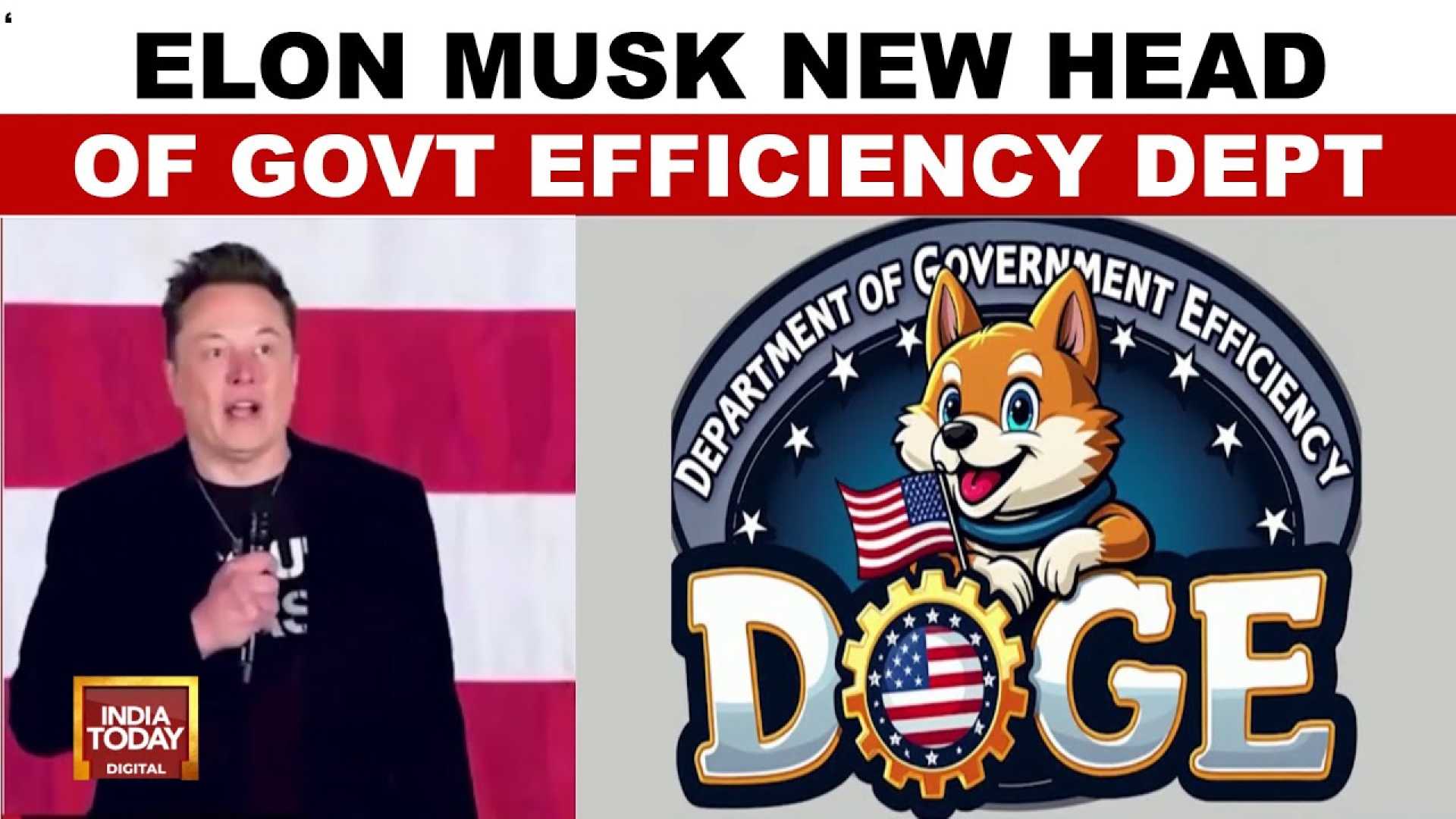Politics
Trump’s Second Term: Musk’s DOGE Initiative Faces High Hurdles

WASHINGTON, D.C. — As President Donald Trump marks 100 days into his second term, the Department of Government Efficiency (DOGE), led by Elon Musk, finds itself in turbulent waters. Established to reduce waste and streamline federal operations, DOGE’s ambitious goals of saving up to $2 trillion have been slashed to just $150 billion, with little evidence to show for its efforts thus far.
Since its inception in January, DOGE has claimed to recover hundreds of billions of dollars from government inefficiencies. Musk, during a recent appearance, touted his team’s progress, stating, ‘The DOGE team has made a lot of progress in addressing waste and fraud.’ Yet, critics argue that the department has not provided tangible savings or improved transparency.
On an interview with TIME, Trump hailed the initiative as a “very big success,” revealing that his administration identified ‘hundreds of billions of dollars of waste, fraud, and abuse’ in federal spending. However, this assertion stands in stark contrast to reports indicating that DOGE has repeatedly deregulated programs aimed at improving governmental efficiency.
Despite efforts to streamline federal spending, the reality on the ground is stark. Many initiatives have faced backlash from Congress, resulting in delays and nationwide lawsuits challenging DOGE’s actions. NPR noted that legal responses to DOGE’s efforts highlight inconsistencies and a lack of clarity regarding its data access and implementations.
Affected federal employees have voiced concerns over abrupt cuts and layoffs orchestrated by the DOGE initiative, leading to disruptions in operations. ‘They are roving in search of cuts they can put up on their wall to get that number up,’ said a General Services Administration employee who spoke anonymously fearing retaliation.
As overall federal spending increases, the agency is under increasing scrutiny. Reports reveal that as of March, government expenditure was up 10%, compounding the deficit concerns that Trump and Musk initially aimed to mitigate through DOGE. Additionally, across various agencies, the number of workers opting for early retirements has left numerous departments struggling to fulfill their mandates.
Moving forward, DOGE is set on a timeline established by Trump’s executive order, with a deadline of July 4, 2026, to realize its government overhaul ambitions. While touted successes claim $160 billion in budget cuts, experts have flagged discrepancies in the reported figures, citing that only a fraction can be verified.
Elon Musk indicated plans to limit his involvement in DOGE to a few days a week, but he remains a prominent figure in shaping the government’s operational strategies. As the administration continues navigating the complexities of its efficiency mandates, the long-term impact of DOGE remains to be seen.












